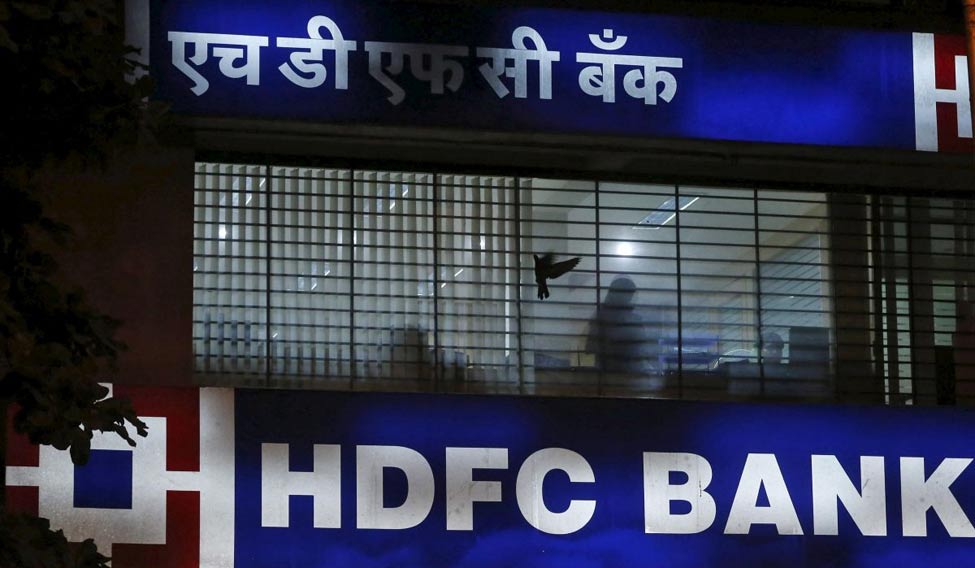On Monday, the Reserve Bank of India added HDFC Bank to the list of "too big to fail" banks in the country. The country's second largest private sector lender joins larger rivals ICICI Bank and India's largest State Bank of India, which had already been categorised as "too big to fail" back in 2015.
What do"too big to fail" banks mean?
The phrase came in to prominence post the 2008 global financial crisis. At that time, it was observed that problems faced by certain large and highly inter-connected financial institutions hampered the functioning of the entire financial system, which then hurt a country's economy. Therefore, a need arose to identify such financial institutions and put regulatory policies in to place, which would reduce the probability of these systemically important banks (SIBs) failing.
The Basel Committee on Banking Supervision (BCBS) released a framework in November 2011 for identifying the global systemically important banks and the magnitude of additional loss absorbency capital requirements applicable to them. The BCBS further required all member countries to have a regulatory framework to deal with domestic systemically important banks (D-SIBs).
What are RBI guidelines for "too big to fail" banks?
The RBI released guidelines for dealing with D-SIBs way back in 2014. The indicators which are used for assessment include size, interconnectedness, substitutability and complexity. Banks having a size beyond 2 per cent of GDP (gross domestic product) are considered for the sample. Based on the sample of banks chosen for computation of their systemic importance, a relative composite systemic importance score of the banks is computed. RBI then determined a cut-off score, beyond which banks would be considered as D-SIBs.
"The impairment or failure of a bank will more likely damage the domestic economy if its activities constitute significantly large share of domestic banking activities. Therefore, there is a greater chance that impairment or failure of a larger bank would cause greater damage to the financial system and domestic real economy. The impairment or failure of a bank with large size is also more likely to damage confidence in the banking system as a whole. Size is a more important measure of systemic importance than any other indicators," according to the central bank.
Lenders are classified under five buckets depending on their size. Higher the bucket, higher the additional common equity tier 1 capital requirement as a percentage of risk weighted assets. RBI had announced SBI and ICICI Bank as D-SIBs on Aug 31, 2015 and Aug 25, 2016, respectively.
SBI was placed in the third bucket, given that its significantly larger size and ICICI Bank and HDFC Bank are placed in the first bucket.
What does it mean for HDFC Bank bank?
There will be higher level of supervision of banks classified as D-SIBs. Further more, these D-SIBs need to maintain additional common equity tier 1 (CET1) capital surcharge. The additional CET1 requirement will be in addition to the capital conservation buffer.
D-SIB surcharge for HDFC Bank will be applicable from April 1, 2018. HDFC Bank's additional CET1 equity requirement will be 0.15 per cent for the next financial year, which will further increase to 0.20 per cent from April 1, 2019.
Similar surcharge will apply to ICICI Bank, since it is in the same bucket. In the current financial year, the applicable additional CET1 equity requirement for ICICI is 0.10 per cent.
For SBI, being in the higher bucket, applicable CET1 equity requirement is 0.30 per cent this year, which will rise to 0.45 per cent in FY18 and 0.60 per cent in FY19.
The additional surcharge is to ensure that the banks are adequately capitalised in case there is a financial crisis.
It will not have any material impact on the customers of the bank.
Why is HDFC Bank now a D-SIB?
HDFC Bank's market capitalisation and its balance sheet size have significantly increased in the recent years, surpassing ICICI Bank, which is the largest private lender, which makes it that much more significant.
Total advances and market cap of the three D-SIBs:






